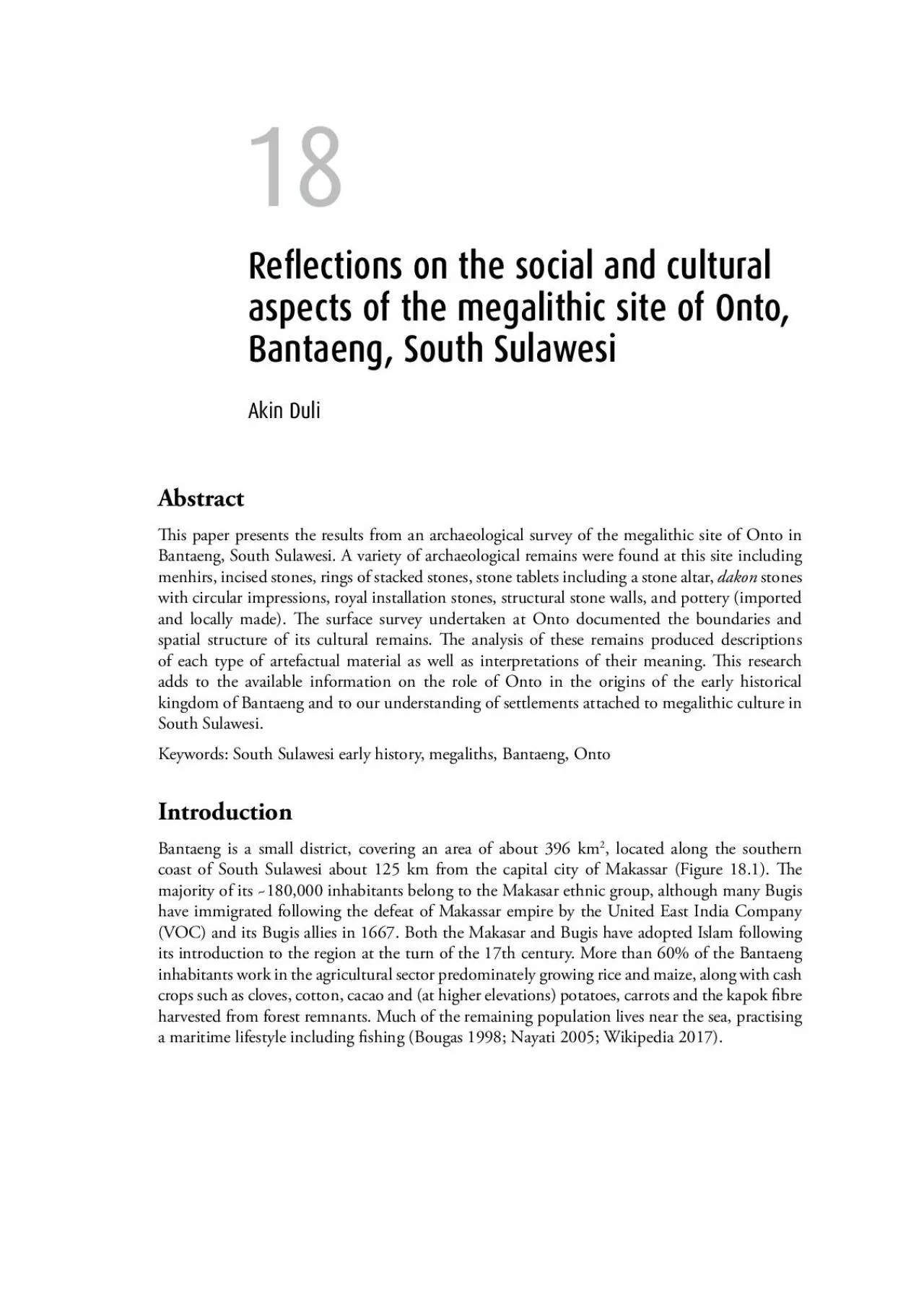PDF-14627271128243029262330292328t27232630112415r2315292231119r28191815r23
Author : phoebe | Published Date : 2021-09-02
3131302928272625292428232223212023191817222416281514Karaengloe BuraneTenganPotokKe146peSassakTana TorajaLuwuSULAWESINek LumombangPattunuangAsuBuntuEnrekangSidrapBilokaKailiBarruUmpengngengSewoMatanreL
Presentation Embed Code
Download Presentation
Download Presentation The PPT/PDF document "14627271128243029262330292328t2723263011..." is the property of its rightful owner. Permission is granted to download and print the materials on this website for personal, non-commercial use only, and to display it on your personal computer provided you do not modify the materials and that you retain all copyright notices contained in the materials. By downloading content from our website, you accept the terms of this agreement.
14627271128243029262330292328t27232630112415r2315292231119r28191815r23: Transcript
3131302928272625292428232223212023191817222416281514Karaengloe BuraneTenganPotokKe146peSassakTana TorajaLuwuSULAWESINek LumombangPattunuangAsuBuntuEnrekangSidrapBilokaKailiBarruUmpengngengSewoMatanreL.
Download Document
Here is the link to download the presentation.
"14627271128243029262330292328t27232630112415r2315292231119r28191815r23"The content belongs to its owner. You may download and print it for personal use, without modification, and keep all copyright notices. By downloading, you agree to these terms.
Related Documents

